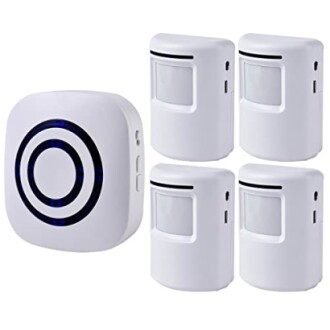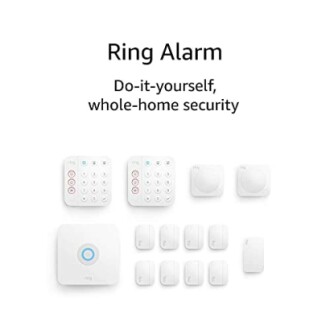
Choosing the Best Motion Sensors for Your Home
Key Takeaways
- Understand the different types of motion sensors available.
- Assess key features such as range, installation, and connectivity.
- Look for systems that can integrate with existing smart home devices.
- Consider your unique home layout and security needs.
- Explore buying guides for additional smart home security tools.
Motion sensors are an essential component of modern home security systems. They help detect movements in and around your property and alert you to possible security breaches. With advancements in technology, choosing the best motion sensor for your home can be daunting. This guide will delve into important factors to consider, various types of motion sensors, and recommend a few products to enhance your home security.
Factors to Consider When Choosing Motion Sensors
1. Type of Motion Sensor
There are several types of motion sensors available on the market:
- Passive Infrared Sensors (PIR): Detects changes in infrared radiation, ideal for indoor and outdoor use.
- Ultrasonic Sensors: Emits sound waves and measures reflection changes, suitable for larger areas.
- Dual-Technology Sensors: Combines PIR and ultrasonic sensors for increased reliability.
- Microwave Sensors: Uses microwave pulses, effective in enclosed areas.
2. Detection Range
The detection range of a motion sensor indicates how far the sensor can detect movement. Most sensors have a range between 15 to 30 feet, which can be suitable for various settings:
| Range | Ideal For |
|---|---|
| Up to 15 feet | Indoor use in small rooms |
| 15-30 feet | Hallways and medium bedrooms |
| 30+ feet | Large outdoor areas or driveways |
3. Installation
Choose a motion sensor that offers easy installation. Many modern options are wireless, making them easier to set up without professional help. Ensure to consider:
- Battery Life: Look for battery-powered devices to minimize wiring issues.
- Mounting Options: Verify if the sensor can be wall-mounted or ceiling-mounted.
- Remote Control: Wireless connections allow alerts and settings to be controlled remotely.
Recommended Motion Sensors
Seanme Motion Sensor Alarm
Seanme Motion Sensor Alarm
Wireless driveway alarm with a long detection range up to 328 feet, featuring multiple sensors for thorough coverage.
More DetailsRing Alarm 14-Piece Kit
Ring Alarm 14-Piece Kit
A comprehensive security system with multiple sensors and mobile notifications for extensive home coverage.
See ProductIntegration with Smart Home Systems
Motion sensors work best when they can integrate with your existing smart home devices. Systems that support voice commands and automation can significantly enhance usability:
- Check compatibility with smart home ecosystems like Alexa or Google Home.
- Look for sensors that can trigger alerts to your smartphone.
- Consider unified systems that can control lighting or alarms based on motion detection.
Common Applications of Motion Sensors
Motion sensors serve various practical applications in home automation and security:
- Monitor entrances and exits to alert homeowners of unusual visitors.
- Automate lighting in paths or rooms when movement is detected.
- Enhance surveillance by linking with security cameras for immediate awareness.
Conclusion
Choosing the best motion sensors for your home ultimately depends on your unique needs and preferences. By considering the type of sensor, detection range, ease of installation, and integration with existing technology, you can significantly enhance your home's security and convenience. Explore our recommended products and find the right solution for your home today.
Beginners Section: Tips for Choosing Motion Sensors
- Always read customer reviews to gauge performance.
- Look for models with extended warranty periods and excellent customer support.
- Ask questions about installation before purchasing to ensure you can install them yourself.
- Consider visiting our Smart Home Security Sensors resource for more tips.
- Explore other Buying Guides to further educate yourself on home security options.

